Platanthera huronensis (Tall Green Bog Orchid) - photos and description
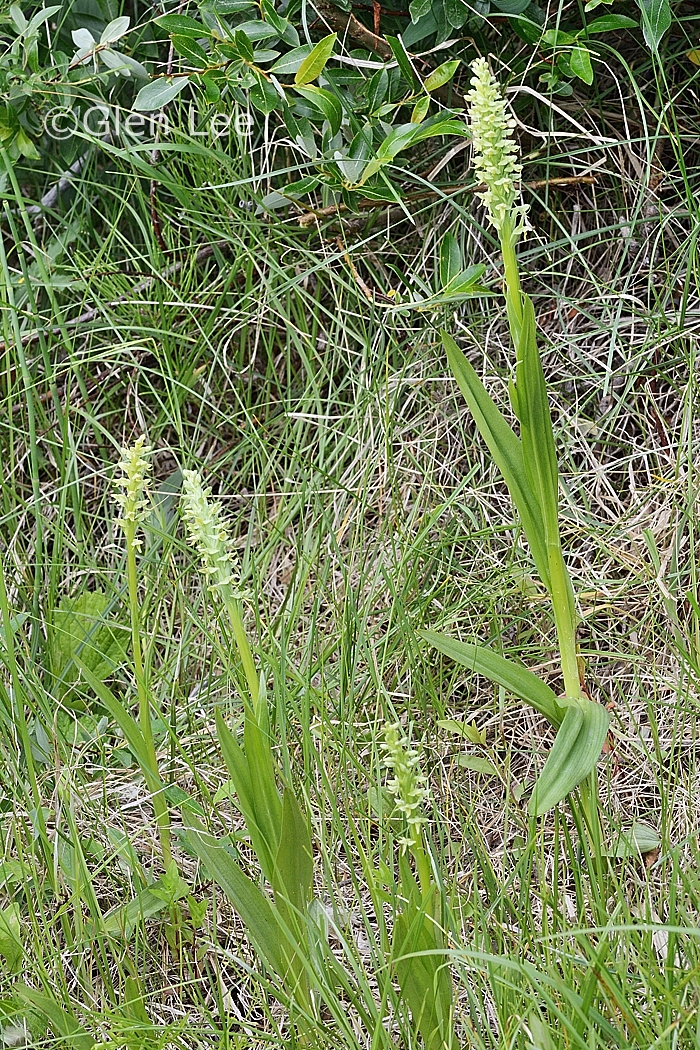
Several plants, the one in the back-right is a robust specimen
described on this page.
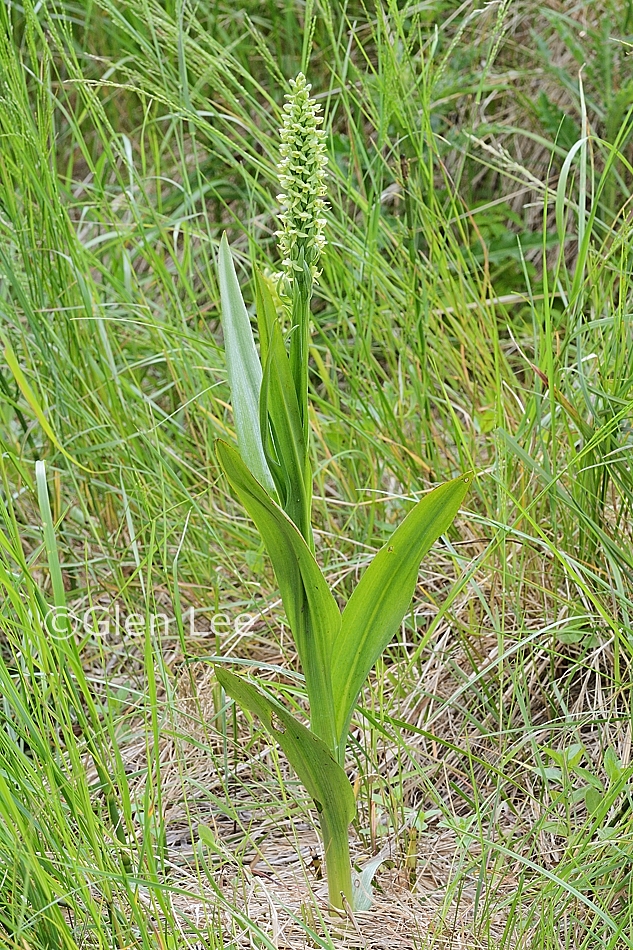
A robust specimen, much larger than normal, 100 flower in its spike.
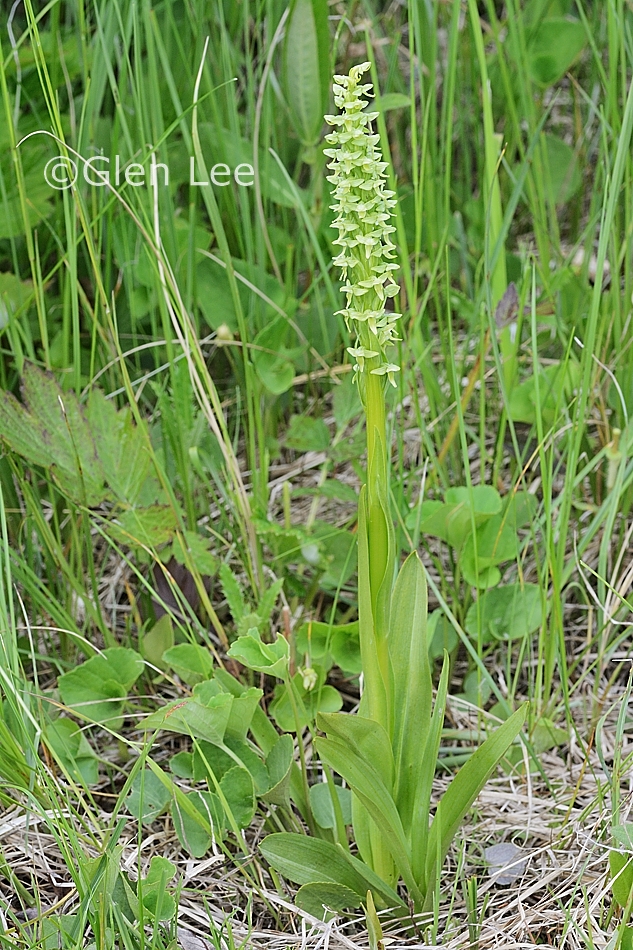
Another robust specimen ~ twice as tall as normal, ~ 100 flowers in
its spike.
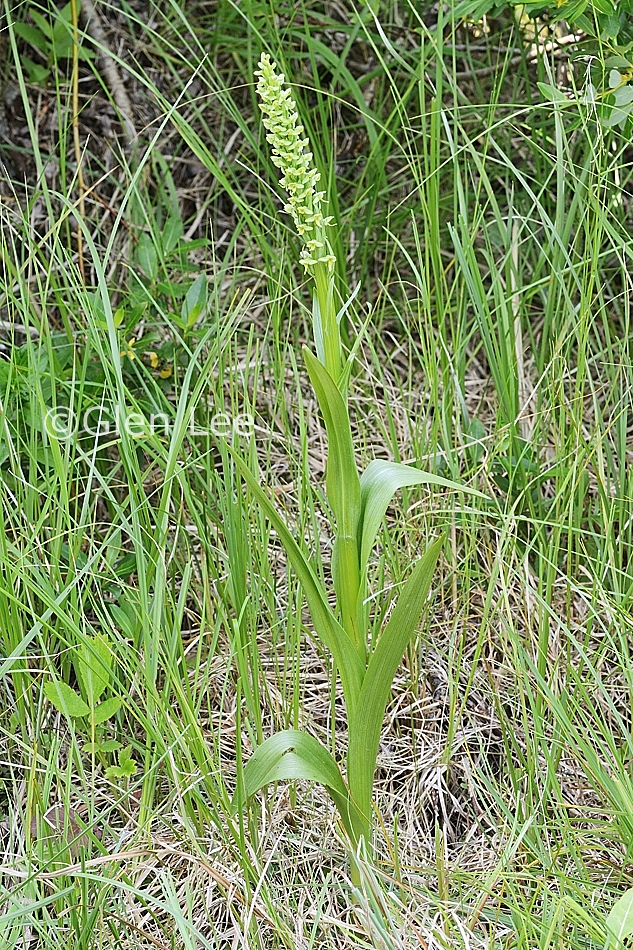
Another robust specimen ~ twice as tall as normal, ~ 100 flowers in
its spike.
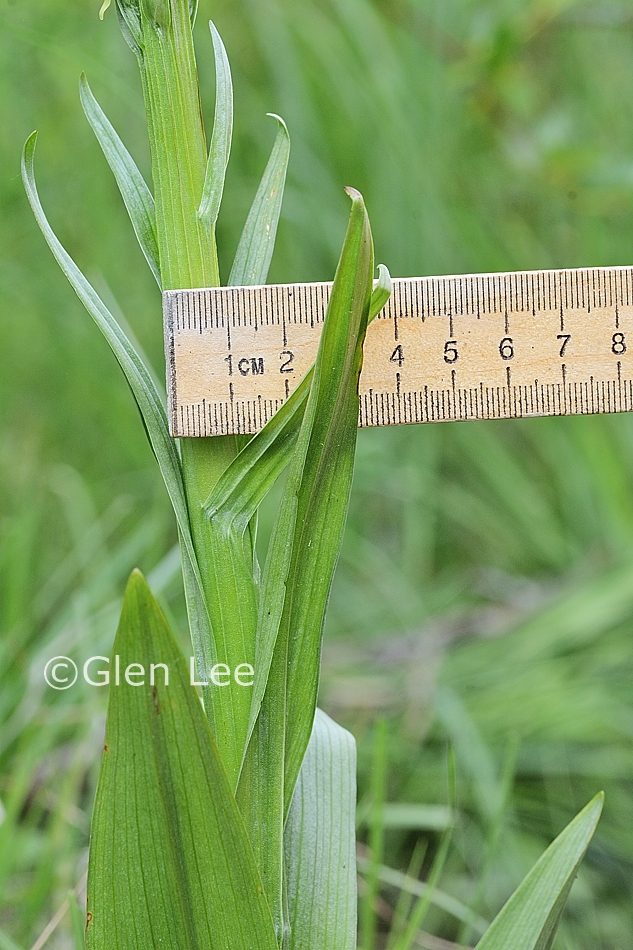
Stems from a robust specimen about 10 mm wide, perhaps twice as wide
as normal.
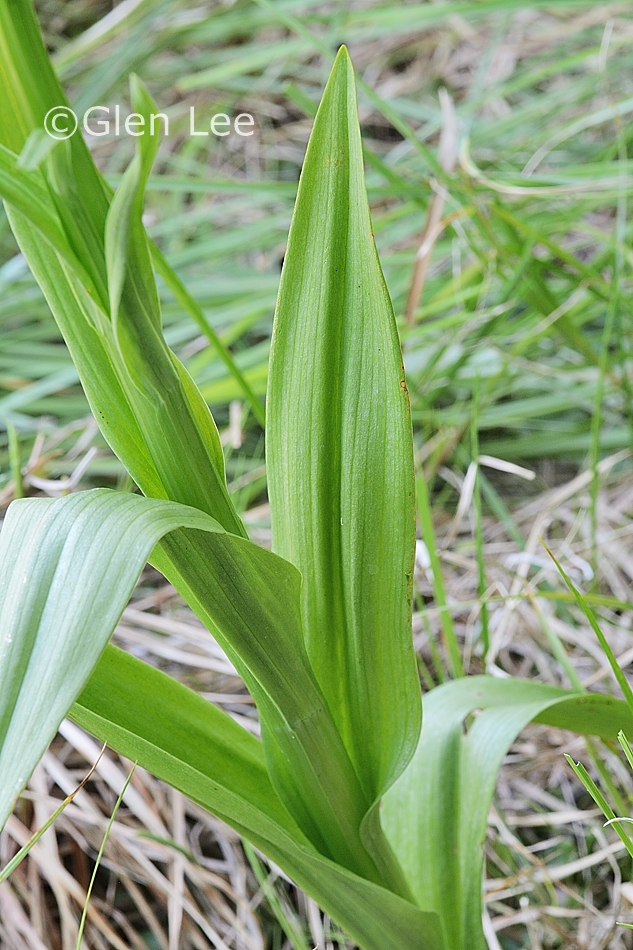
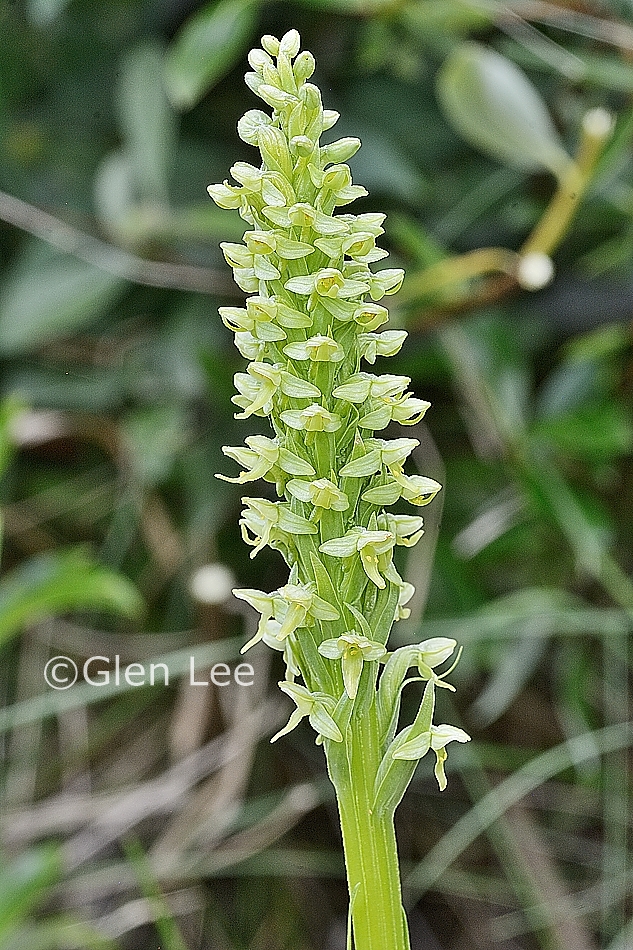
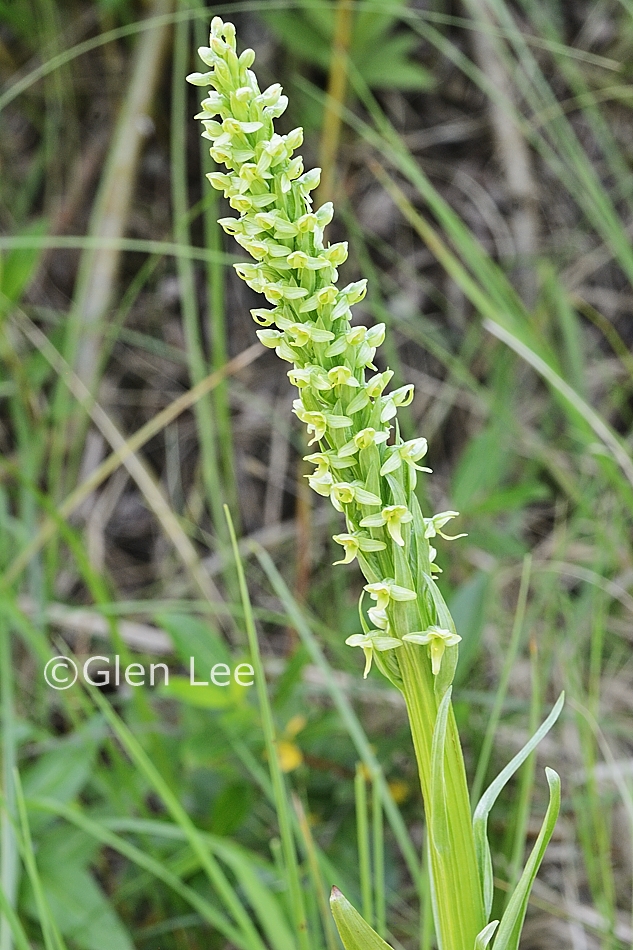
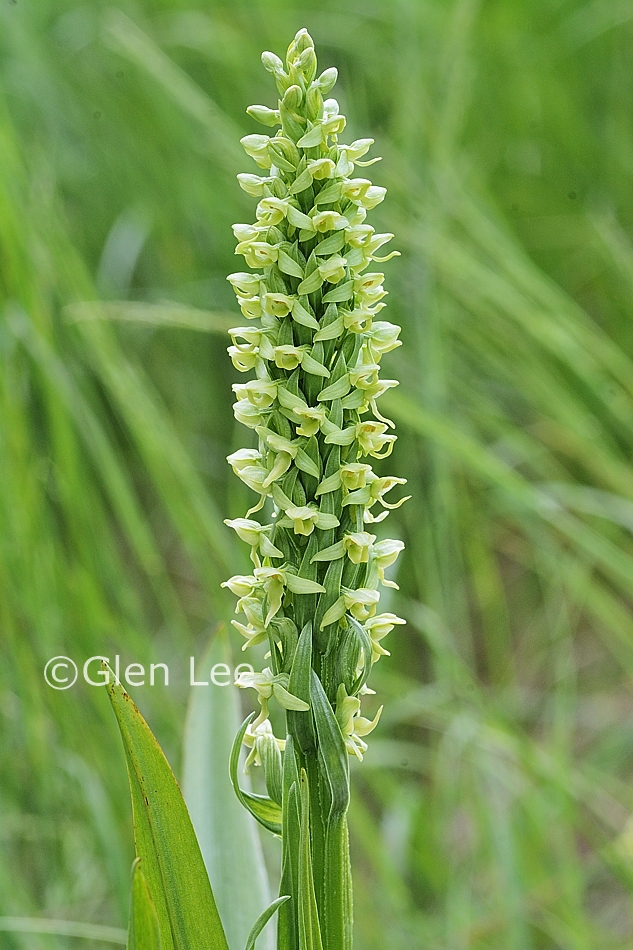
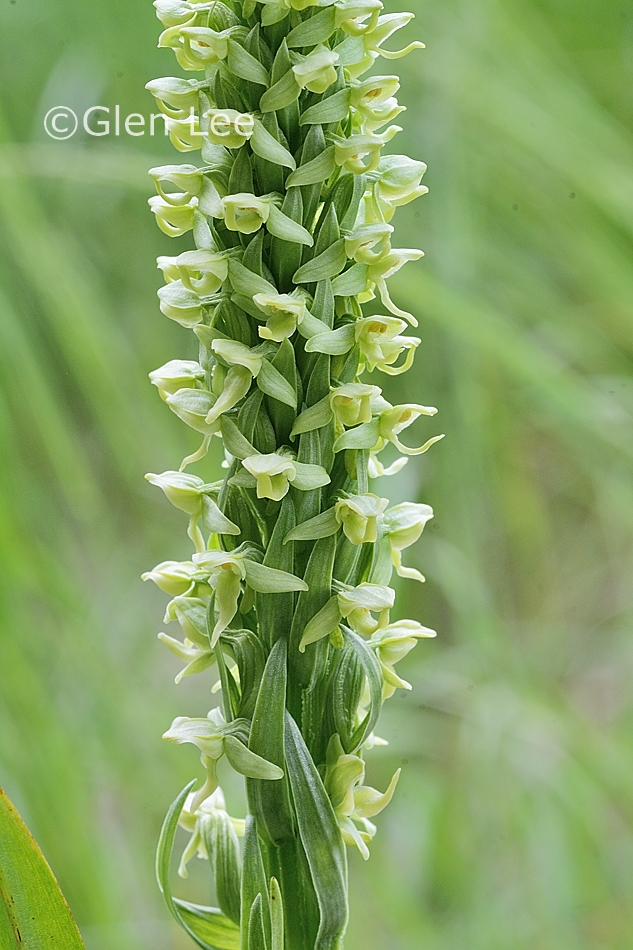
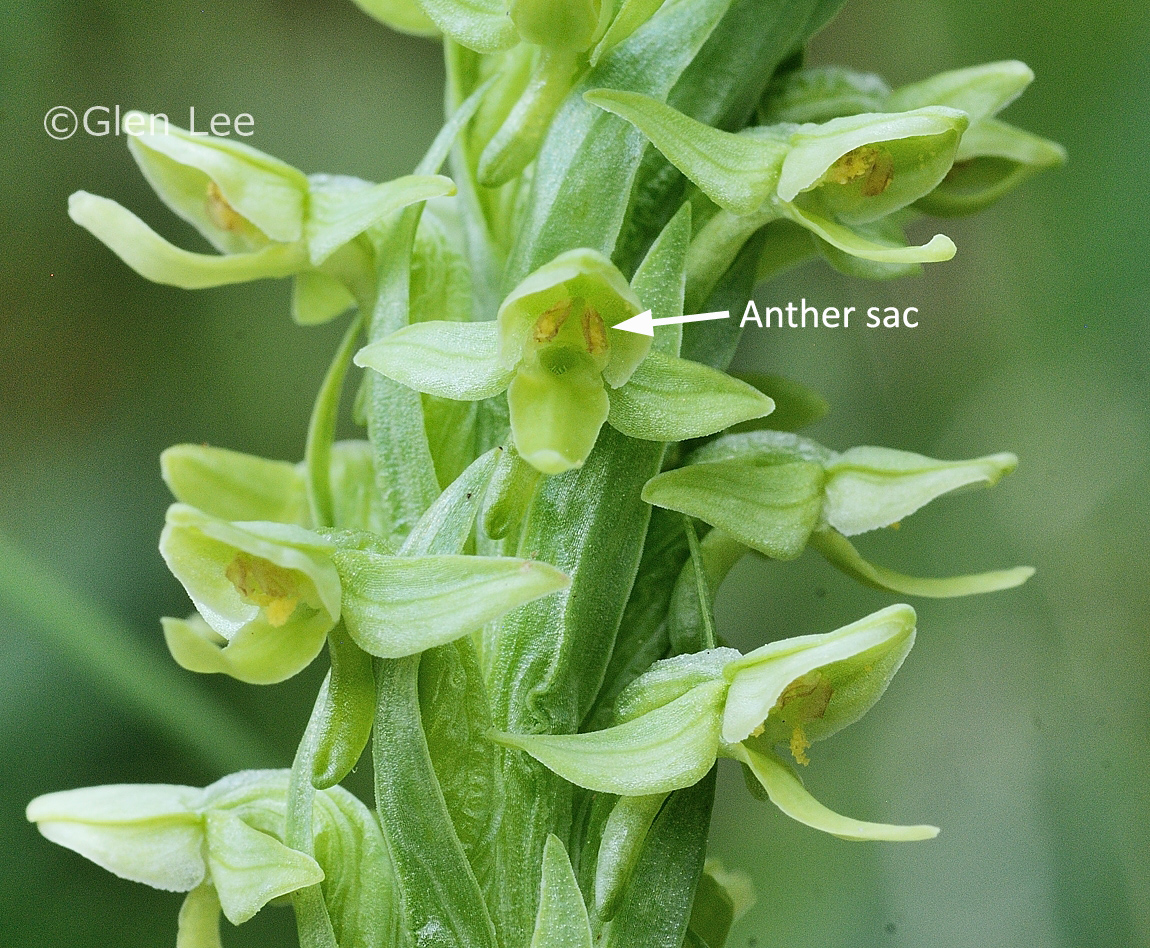
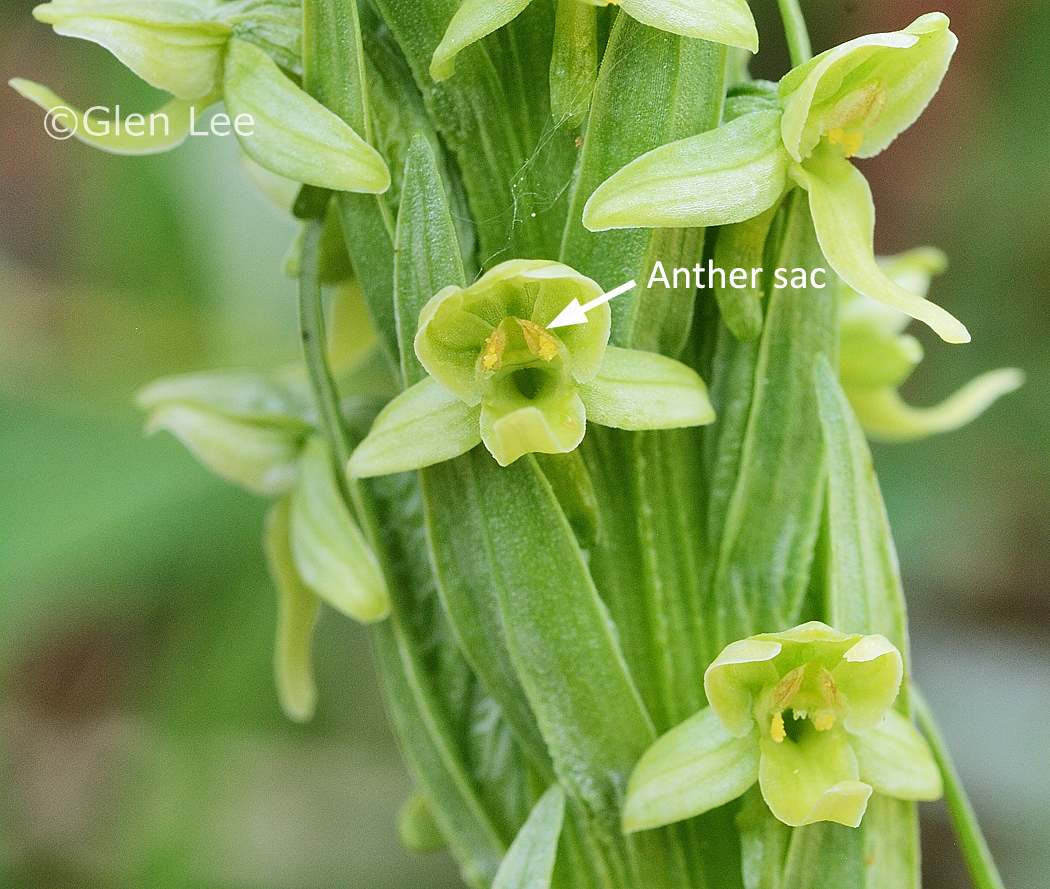
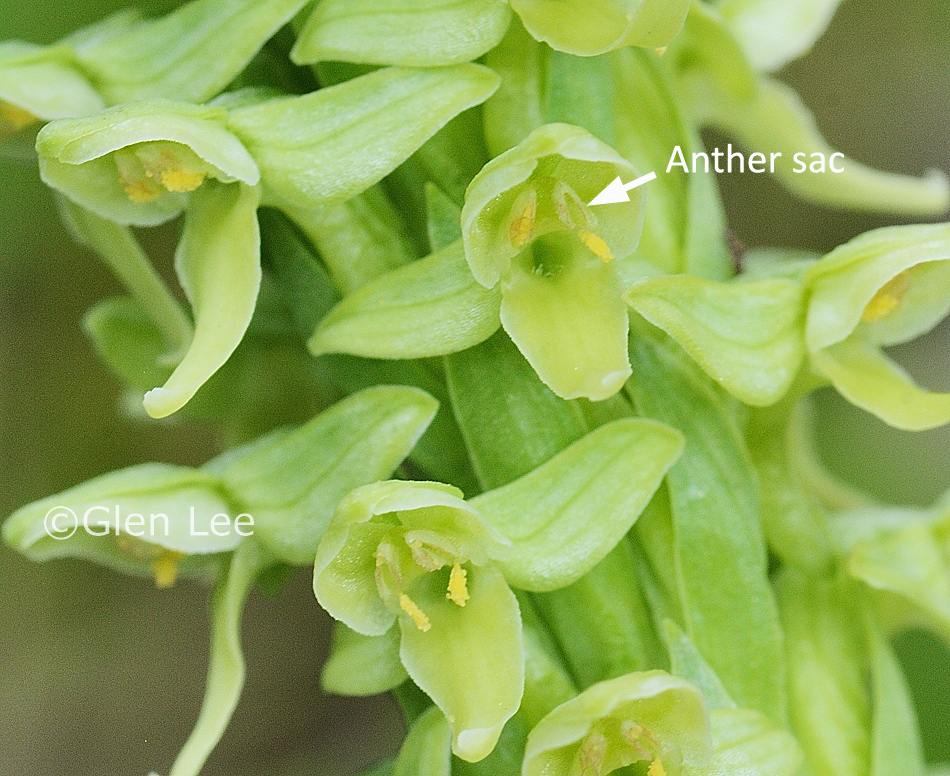
Pollinia falling out anther sacs.
Origin: Native.
General: Stout-stemmed orchid having a dense spike with many flowers. Foliage greenish-white in colour. Plant glabrous.
This plant is very similar to Platanthera aquilonis.
Flowers: Flowers grow in a dense spike, flowers usually number 10-50 in a spike. We measured a spike at 13 cm long. Flowers yellow-green with a long lower lip, the lateral petals and dorsal sepal forming a hood over the column, the lateral sepals are spreading. We measured a flower at 9 mm long. Lower lip is blunt-tipped, entire.
This species is a tetraploid, having 4 sets of chromosomes (P. aquilonis has the more common 2 sets of chromosomes - a diploid).
P. huronensis occasionally has very robust specimens - plants nearly twice as tall as normal, with thick stems 1 cm wide, and club-like spikes of over 100 flowers. In the population of P. huronensis I spent time looking at in the Cypress Hills, we saw 4 or 5 of these robust plants, maybe one of them for every 20-25 normal sized plants.
Leaves: Leaves are lanceolate, clasp the stem, alternate. We measured at 16 cm long and 3.8 cm wide.
Height: Listed in FNA to 100+ cm, we measured a robust plant at 60 cm tall.
Habitat: Bogs, and wet meadows, ditches.
Abundance: This species is very new to the province (this webpage was written in 2023) and so it's premature for the SKCDC to have assigned a conservation rank to this species. Has been found in a handful of locations in SK.
Synonyms: Listed in some of the field guides we use as: Platanthera X media, and as, Habenaria hyperborea.
Similar species: Very closely resembles
Platanthera aquilonis. To
distinguish between the two species, you need to examine the flowers
carefully with a loupe. The anther sacs of P. aquilonis converge
/ touch near their apex, with their ends spread widely aprt. While those of P.
huronensis
are more or less parallel to one another and separate at their apex (as shown above).
Other differences:
- P. huronensis is whitish-green in colour, P. aquilonis
is yellowish-green in colour, side by side comparison below but note I
don't think you can always count on seeing this much of a difference.
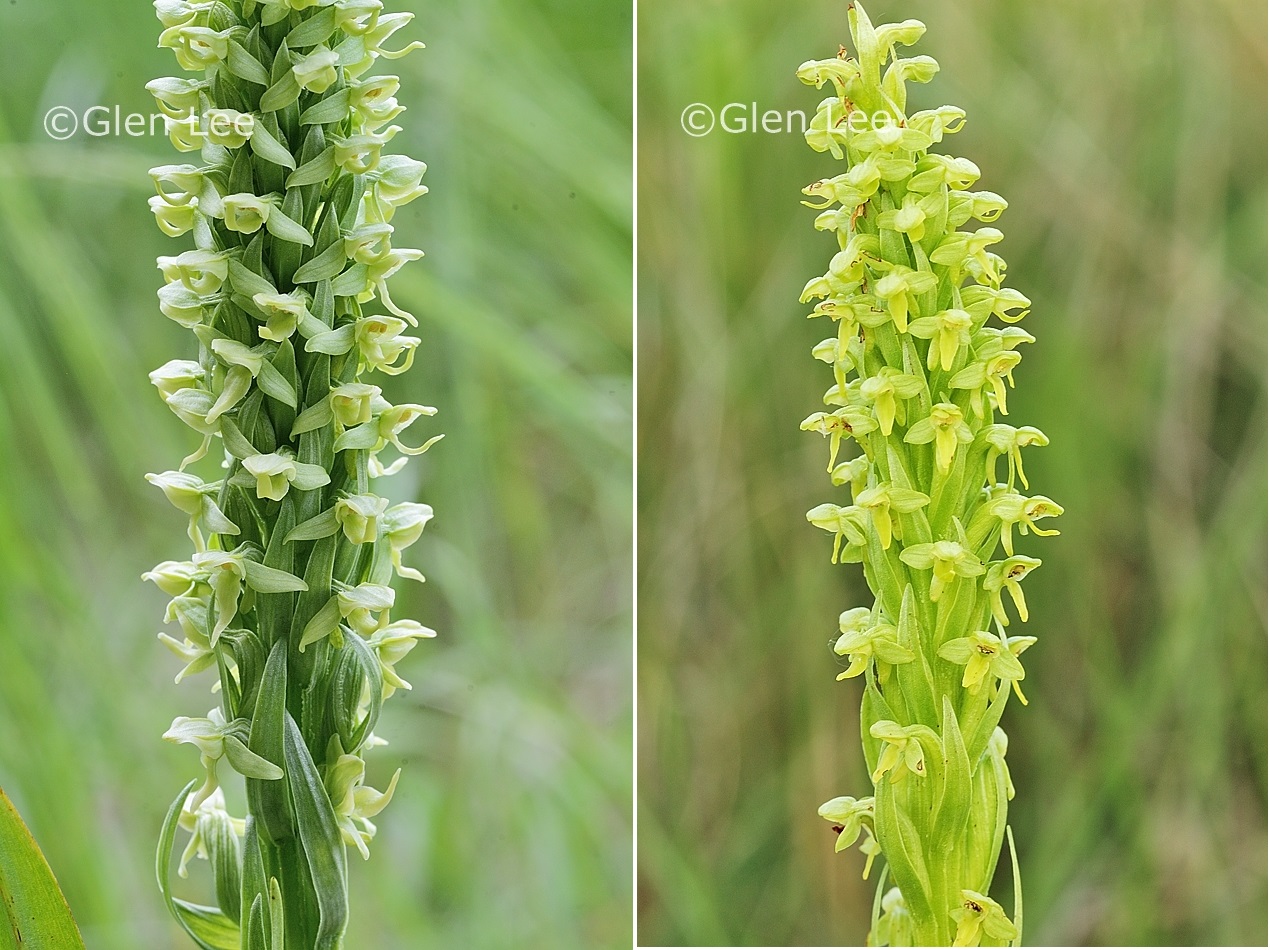 P.
huronensis on the left, P. aquilonis on the right.
P.
huronensis on the left, P. aquilonis on the right.
- The flowers of P. huronensis are scented, in my experience
this can be noticed only occasionally, the flowers of P. aquilonis
in Saskatchewan
are never scented,
- P. huronensis has occasional very robust specimens, P.
aquilonis never has these very robust specimens.
- FNA lists longer flower lips and spurs in P. huronensis,
which makes sense because it's a tetraploid. However there is overlap in
these measurements between the two species:
Lip: P. huronensis 5-12 mm long; P.
aquilonis 2.5-6 mm long
Spur: P. huronensis 4-12 mm long; P. aquilonis
2-5 mm long.
Genus Platanthera described in FNA.
- I have read websites describe small differences between the shapes of
the base of the flower lips, and differences in the shape of each
species flower spurs, but I haven't been able to see a consistent
difference between the two plants regarding these characteristics.
When and where photographed: Photographed these plants June 27th in a forest marsh in the Cypress Hills, about 400 km southwest of our home in Regina, SK.